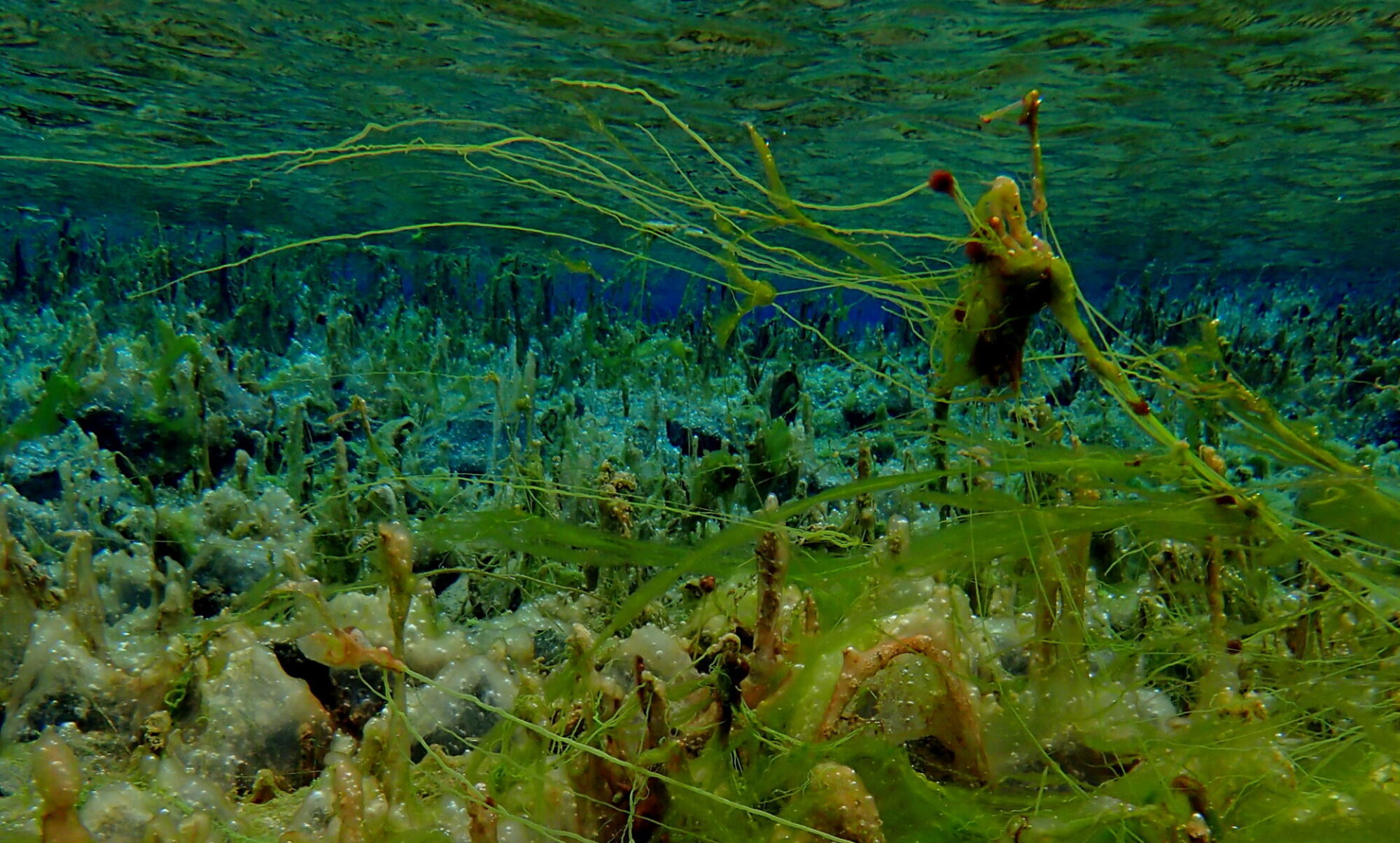
So far my attempts at underground photogrammetry have been limited to easy places where walking steadily through a passage poses little to no issue, this where caves are involved is somewhat limiting due to the nature of cave passage formation.
I set myself the challenge of attempting to model something smaller and less easily walkable than what I have done so far to see how collecting the video might be and how well the software would cope with what will likely be non ideal footage for reconstruction.
The entrance passage to Daren Cilau struck me as a good place to try, more particularly the section known as the Vice; A narrow section in which cavers must turn onto one side and keep their bodies high to prevent being jammed into the narrow trench in the floor. It doesn’t pose a particular difficulty to myself in terms of the passage vs my body size and fairly large people can get themselves through but I thought it would make an interesting experiment, the main issue being capturing reasonable video with one hand whilst negotiating the section of cave. It is an iconic cave in British Caving and probably has never been measured before in such detail.
With the above goals in mind I set off one day over to Wales, my plan was to cave the short distance into to The Vice, mark some (min of 4) stations on some prominent features before, through and after The Vice, survey these stations with a distoX2, then cave through this small section a few times whilst trying to take steady video. Using the marked stations the resultant model could then be scaled and aligned correctly. These stations were marked with Tippex which was carefully removed after use.
A single dive torch was used attached to my Gopro on a cheap ebay selfie stick to keep weight and bulk down.
In practice this went fairly smoothly, the Vice was passed a number of times:
In: Marking stations
Out: Survey with Distox2
In and out: filming
In and out: filming again
In and out: removing Tippex stations
On arriving home I set about processing the images and compiling the survey data. It has become my normal practice to film both directions into and out of a passage, if the alignment is to be considered accurate then both in and out passes should match up (plus any additional passes). This is closing the loop which allows relative accuracy to be assessed and also gives a different perspective on features if its successful.
Separate models for each in and out pass were created first, unfortunately each one giving a slightly different representation of the passage when attempts at aligning them in Cloud Compare were made. I then made a model combining both a single in and out set of images, this was successful in that there only appeared to be a single cave passage which showed that the software was able to combine both sets of images semi correctly. However when this point cloud was matched with the survey data although a low RMS (0.05 m)value was reported the survey data appeared to shoot through the walls of the cave which I know not to be true. I then made a new attempt using all in and all out passes and matched the reference points with the survey data again, this time I got a low RMS (0.03 m) value and the survey data appeared as it should within the bounds of the walls, a good result which I am happy with. This goes to show the importance of some quality control and verification against other sources of data. The images below detail these results.

The above image shows the model created from a single inward set of images, Metashape reported all images were aligned and after 7 parameter transformation to the survey points in Cloud Compare a low RMS value of around 0.05 m was reported, however on inspection the survey data (blue line) goes through the walls so something isn’t right. The deviation occurs through the narrowest section where steady filming was most difficult. The image below is the result of the 7 param. transformation.

The below images show the same process as above but using the model derived from a combination of all 4 in and out passes.

The results for the 7 parameter shift can be seen below:

I am very happy with the results of this, not only has a model of the cave been constructed but it also appears accurate when aligned to distox2 data. The model plus a few extras to aid with scale have been uploaded to Sketchfab here:
‘The Vice’ Ogof Daren Cilau by cave-dive-make on Sketchfab
What I would like to do is attempt to model the entire entrance crawl in this manner…. it might take a while but watch this space !






























